By Michael Vogel
The field telephone rang on the bridge of the trapped German cruiser SMS Konigsberg. On the other end of the line, the coast watcher spoke the words that had been dreaded for almost eight months—the British were coming. On a muddy African river, a drama was about to be played out by the two most powerful navies in the world. In this obscure corner of the world, far from the main theaters of World War I, Konigsberg would play a role unlike that of any other German warship in history.
German naval strategy at the beginning of the war was dictated by circumstances. Battleships in the North Sea were to avoid major engagements with the far stronger British fleet while hoping to cut off portions of the enemy fleet and destroy them with tactically superior forces. This led to a four-year stalemate, punctuated by the Battle of Jutland. The situation on the high seas, however, was entirely different. German colonies in Africa and the Pacific offered—at least temporarily—safe havens and supply points for German raiders. As long as they could evade being cornered, the kaiser’s ships could wreak havoc on Great Britain’s merchant fleet. The battle plan for the Kreuzerkrieg, or cruiser war, was to prey on enemy shipping and use the ships for resupply. Eight light cruisers were in position at the start of hostilities—five in the Pacific, two in the Caribbean, and one lurking in the Indian Ocean. The latter was SMS Konigsberg.
Konigsberg: A Raider in East Africa
Konigsberg had been built in Kiel in 1907. She was 378 feet long and displaced 3,400 tons. Her main armament consisted of 10 4.1-inch guns, plus several saluting guns and machine guns and two 17.7-inch torpedo tubes. At 24 knots, Konigsberg was faster than almost all the other ships of her class and was well prepared for her role in disrupting British shipping. Stowed below deck were two 88mm guns to be used in converting captured merchant ships into auxiliary German raiders.
Konigsberg sailed from Germany on April 25, 1914, and arrived at Dar es Salaam, the capital and main port of German East Africa, on June 6. From there, she would be able to threaten the vital British sea lanes from India around the Cape of Good Hope at the southern tip of Africa, as well as British shipping in the Red Sea. Her main opponent was the British Cape of Good Hope Squadron, made up of three aging cruisers—HMS Hyacinth, HMS Astrea, and HMS Pegasus. Wary of being bottled up as war approached, Konigsberg left the harbor on July 31. Taking advantage of a sudden squall, Captain Max Looff easily lost his unwanted British escort.
Heading north, Konigsberg captured the 6,600-ton City of Winchester, loaded with choice Ceylonese tea, off the coast of Aden on August 6—the first British merchant ship taken in the war. Unluckily for the Germans, the merchantman used inferior Bombay coal, which Looff refused to use, even though he had only 200 tons remaining. The Germans sank Winchester but kept her gun—it would later appear on the German gunboat Kingani on Lake Tanganyika.
The coal situation was Looff’s most urgent problem; Konigsberg had left Dar es Salaam with only 830 tons in her bunker. Shortly after her encounter with Winchester, Konigsberg came across two German merchantmen, from whom she took on 80 tons of coal as well as a number of marines and sailors returning to Germany from duty in China. Instead of a trip home, they were thrust into a new adventure that few of them would survive. By the time Konigsberg finally rendezvoused with her supply ship off Italian Somaliland, she was down to a mere 14 tons of coal, and drinking water was being severely rationed. Konigsberg took on 850 tons of coal, water, and mail from home, and Looff felt ready to begin merchant-raiding in earnest. All that was required were new targets. But these proved elusive. With the outbreak of the war, British merchantmen had sought refuge in the nearest harbors, so Looff and Konigsberg headed south to Madagascar in hopes of finding French shipping to prey on. There, too, the merchantmen had taken shelter in the harbor of Diego Suarez, which was protected by coastal guns.
Needing minor repairs as well as refueling, Konigsberg required a safe anchorage. Realizing that the British would be keeping a close watch on East African ports, the Germans had prepared a secret haven. Prior to the war, the complex set of waterways that make up the delta of the Rufiji River, 100 miles south of Dar es Salaam, had been charted, and four channels were found that were deep enough for Konigsberg. The British had no idea the Rufiji was navigable for a ship of Konigsberg’s size, and it was a perfect place to refuel and conduct repairs.
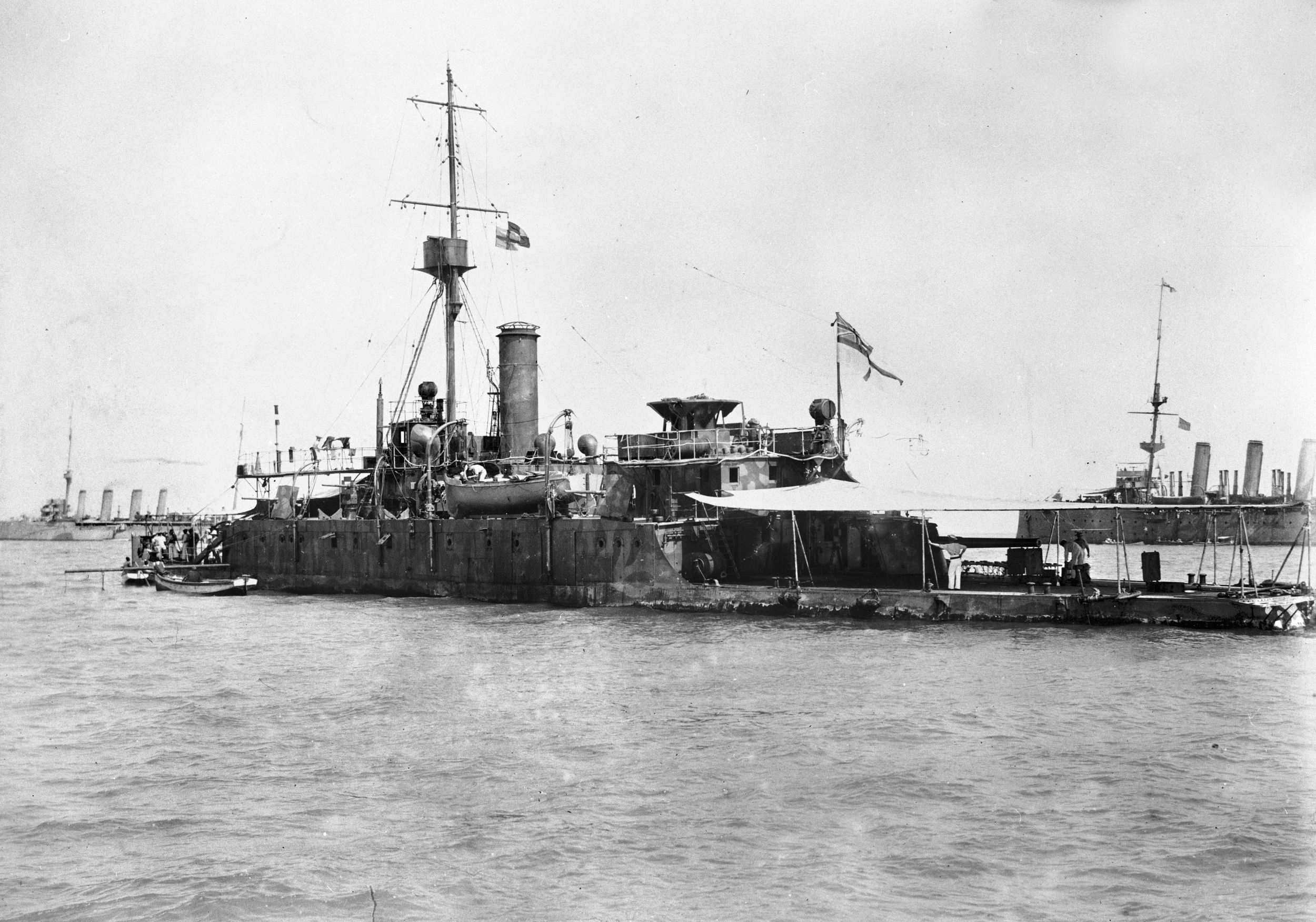
in the Rufiji River.
“Our Fate is Sealed”
Konigsberg was seaworthy on September 19, when Looff received intelligence that a British cruiser was at Zanzibar. Leaving the safety of the muddy Rufiji that night, Konigsberg completed the 100-mile trip and boldly entered Zanzibar harbor at 5 o’clock the next morning. There she found Pegasus, the smallest and oldest cruiser of the Cape of Good Hope Squadron, while she was repairing her boilers. Within 20 minutes Pegasus was afire, her forward turret smashed. It was gunnery practice for the German cruiser. In the one-sided pounding, Pegasus was hit an incredible 200 times, suffering 31 dead and 55 wounded. Konigsberg escaped without a scratch. On his way out of the harbor, Looff spotted the picket ship Helmuth, which he had missed going in, and pumped three shells into her, causing her to explode as well.
Forced back to her sanctuary on the Rufiji by boiler problems, Konigsberg moved farther inland to Salale. The engines could be repaired only by the machine shops in Dar es Salaam, 140 land miles away. A road was cut through the jungle, and tons of boiler and engine parts were dragged on sleds by thousands of overworked Africans. New parts were fabricated and returned within 10 days.
Greater defensive measures were taken to protect the cruiser. Colonel Paul von Lettow-Vorbeck, commander of the Schutztruppe, or defense force, in German East Africa, dispatched a 150-man force to guard the approaches. A chain of sentry posts was set up along the coast and on tiny Mafia Island, four miles offshore. Lining the channels were well-dug-in positions and treetop observation posts equipped with small arms, light guns, and wire communications. Makeshift torpedo launchers were constructed by slinging a torpedo between two tree trunks. A small crew would ride and guide the strange craft to within 1,000 yards and launch the torpedo. The idea was tested and worked tolerably well. Field guns were set up to cover the most likely approaches. Hidden far up the Rufiji, Looff did not miss a trick. Since Konigsberg’s masts and funnels could be seen from a distance, he had palm trees tied to them as camouflage.
But Konigsberg’s luck was running out. Before the engine parts were reinstalled, the British had found her hiding place. The British cruiser Chatham had discovered records on the seized German liner Prasident indicating that coal had been transferred in lighters to the village of Salale on the Rufiji six weeks earlier. Its final destination could only have been the Konigsberg. On October 20, one of Chatham’s sharp-eyed lookouts spotted a ship’s mast jutting from the top of a tall palm tree. Konigsberg had been found at last. From eight miles out, just beyond Konigsberg’s range, Chatham fired a volley. No hits were scored, but fires were started on the supply ship Somalia, leaving her a burned-out hulk and denying Konigsberg the coal she would need for a prolonged high-seas cruise. “We have been discovered,” Looff informed his crew. “Our fate is sealed.”
“A happy New Year. Expect to have the pleasure of seeing you soon.”
Looff moved his ship farther up the shallow river, beyond the reach of the British warship. Chatham was soon joined by Dartmouth and Weymouth, and a full-scale blockade was put into place. Under heavy bombardment, the British tried twice to brave the German shore defenses, but the landings were driven off by the well-prepared enemy. Next, they sank an old collier, the 3,800-ton Newbridge, to block the Simba Uranga channel and eliminate one of Konigsberg’s possible escape paths to the sea. At the same time, the British enlisted the help of South African big game hunter Pieter Pretorious, who knew the Rufiji valley intimately. Pretorious canoed to within 300 yards of the ship, where he took depth soundings and spent a month painstakingly measuring the rise of tides on an hourly basis.
The net tightened. On January 12, 1915, the British took Mafia Island from the small German force. An airfield was laid out and several aircraft were brought in, a coaling station was set up, and more British ships joined the blockade. Konigsberg’s sanctuary had become her prison. Even worse, the fetid climate was turning her into a plague ship. By early January, Looff’s crew had suffered 50 cases of malaria and two deaths from typhoid. Another crewman died after losing a leg to a crocodile. On New Year’s Day, HMS Fox sent Konigsberg a jaunty radio message: “A happy New Year. Expect to have the pleasure of seeing you soon.” The Germans replied: “Many thanks. Same to you. If you want to see us we are always at home.”
Konigsberg could not run, but she could still fight. Quoting Goethe, Looff urged his men on. “Rather an end in terror, than terror without end,” he said. Not one to let any available asset go unused, Lettow-Vorbeck insisted that part of the ship’s crew be transferred to him. Over Looff’s bitter objections, 100 sailors and marines were dispatched to join the Schutztruppe’s land war in German East Africa.
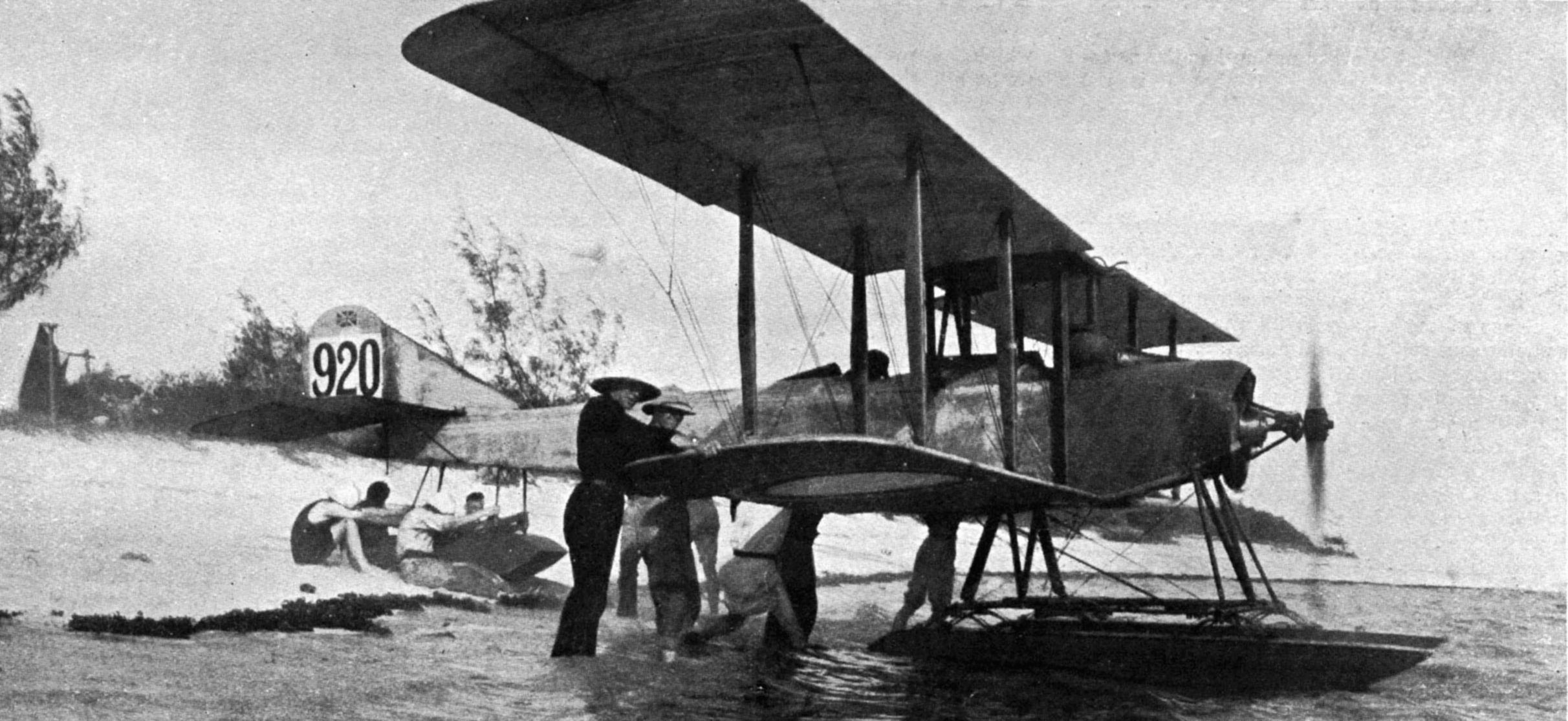
Sink and Salvage
Konigsberg had not been forgotten by Berlin, and an ambitious resupply effort was initiated. On February 19, the 3,600-ton blockade-runner Kronborg left Hamburg disguised as a Danish freighter. She arrived off the coast of East Africa in April with a precious cargo of 1,000 rounds for Konigsberg’s guns, thousands of shells for Lettow-Vorbeck’s artillery, two new 60mm guns, 1,800 rifles, 3 million rounds of ammunition, six machine guns, and 3,000 tons of coal.
Looff planned to meet Kronborg 400 miles northeast of Rufiji, but radio communications between the two ships were intercepted by the British, and they were waiting for him. Unable to break out, Looff instructed Kronborg to head for Manza Bay near Tanga instead. This message, too, was intercepted, and British Admiral Herbert King-Hall, aboard Hyacinth, located Kronborg on April 14. After a voyage of 10,000 miles, the captain of the German blockade-runner was not to be denied so close to his destination. Lieutenant Carl Christiansen headed for the shallow water behind a wooded peninsula, where Hyacinth could not follow. Taking a heavy pounding, Christiansen ordered Kronborg’s sea cocks to be opened, flooding the hold. The Germans then started a fire on deck to give the impression that Kronborg had been mortally wounded. The ruse worked. The crew escaped into the bush and met up with a detachment of German Askari, well-trained native troops who proceeded to drive away a British boarding party from the wreck.
What followed was a truly remarkable salvage operation. All available German soldiers and sailors, along with 2,500 Africans and Arabs, labored day and night to save much of the priceless cargo. Konigsberg’s ammunition survived, although the rifle cartridges had been affected by salt water and were unusable in that condition. Each one was taken apart, cleaned, dried, and reassembled—it took months of tedious effort. Kronborg’s arrival and salvage “aroused tremendous enthusiasm,” Lettow-Vorbeck reported, “since it proved that communication between ourselves and home still existed. Many who had been despondent now took courage once more, since they learned that what appears impossible can be achieved if effort is sustained by determination.”
The Konigsberg‘s Last Engagement
Finding Konigsberg had been tough enough, but getting at her was proving to be even more difficult for the British. They needed something with a shallow enough draft to penetrate the twisted Rufiji and with heavy enough firepower to outgun the German ship. As it turned out, they had two vessels that fit the bill. Before the beginning of the war, the Brazilian navy had ordered two shallow-draft gunboats for use on South American rivers. The British took over the armored and turreted “monitors,” so called because they resembled Union Civil War vessels. Christened HMS Severn and HMS Mersey, the vessels were 265 feet long and 49 feet wide. Most important for their mission up the shallow Rufiji, they drew less than 61/2 feet of water fully loaded. Each mounted two powerful 6-inch guns and another 4.7-inch gun to support 160-man crews.
After a heavy bombardment of the German shore defenses, the monitors began their trip upriver on July 6, 1915. In spite of the softening up, they moved forward through a barrage of bullets and shells from both shores. The vessels anchored 11,000 yards from Konigsberg while aircraft carried out ineffective bombing runs. Konigsberg replied with her usual excellent gunnery and quickly found the range, hitting Mersey twice, knocking out her forward 6-inch gun, and killing the crew. The monitors replied, and a shell from Severn penetrated Konigsberg’s officer’s mess, killing a sailor. Two more shells struck the upper deck and bridge, killing three more crewmen.
At 3:30 pm, the monitors retired, having fired 635 shells, only four of which scored hits, one striking Konigsberg below the waterline. The German vessel had been wounded but was still full of fight. The Germans buried their dead, evacuated 35 wounded, and removed all combustibles from the ship in preparation for the enemy’s next move. It was not long in coming. On July 11, Severn and Mersey steamed close again, trading fire with Konigsberg. Eight shells landed in rapid succession—Konigsberg’s fate was sealed. At 1:16 pm, a series of explosions shook the cruiser; smoke rose 200 feet into the air. Fires raged from bow to stern. At 2:30, the monitors retired to Mafia Island. The last act was left to Konigsberg herself. George Koch, the ship’s first officer, put detonators under the two torpedoes and blew up the ship.
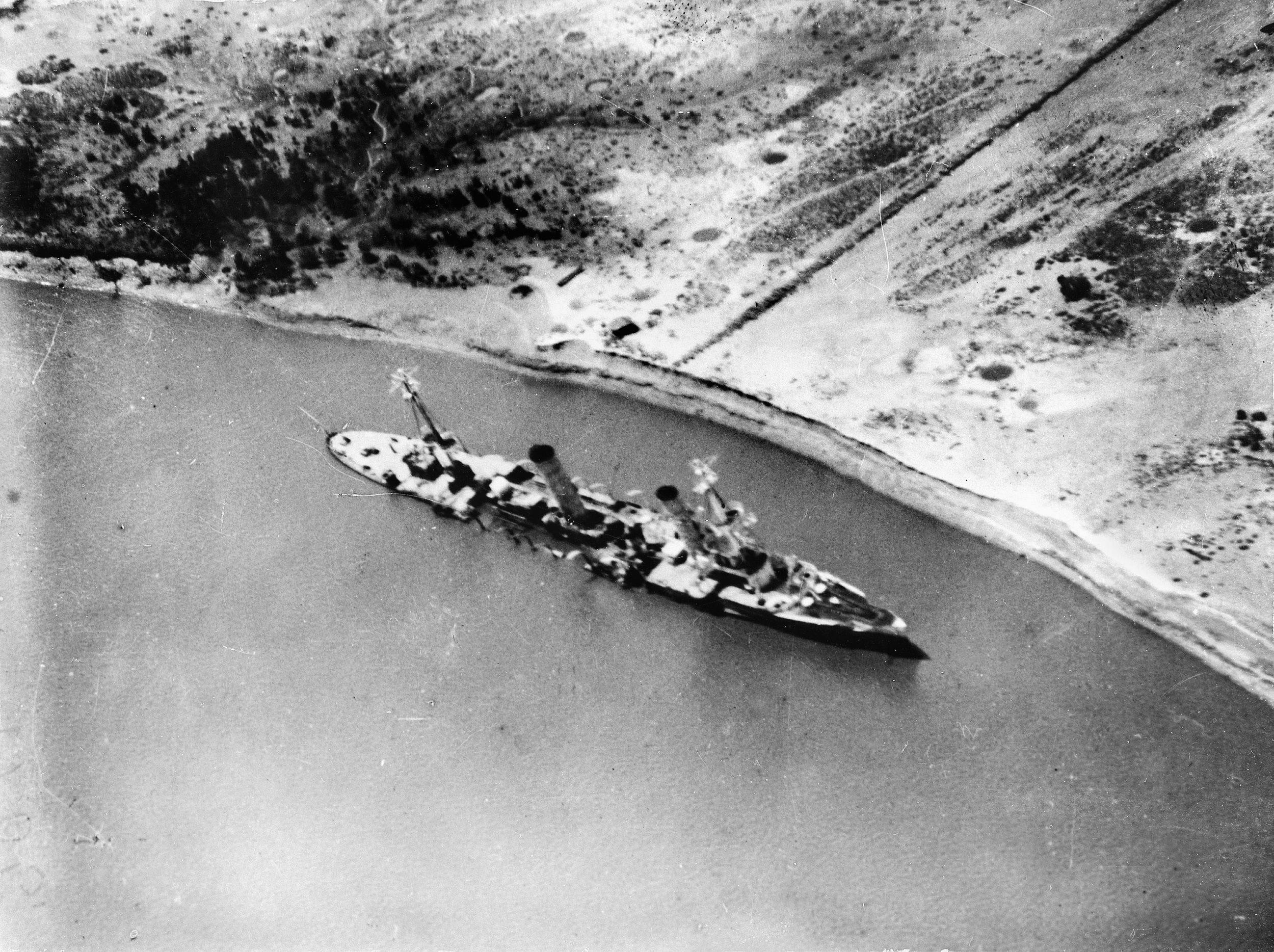
“SMS Konigsberg is Destroyed But Not Conquered”
Konigsberg’s final act of defiance came at a heavy price. Of the 213 men aboard the ship during the battle, 32 were killed and 123 wounded, including Captain Looff, who later was awarded the Iron Cross, first class. (Nearly half his crew received the Iron Cross, second class.) His final communication to Berlin was proudly defiant: “SMS Konigsberg is destroyed but not conquered.” Looff’s words would prove prophetic.
The war was over for the ship, but not for her guns or crew, many of whom were incorporated by Lettow-Vorbeck into the Schutztruppe. A full company was added under Lieutenant Koch; the men were trained in bush fighting and taught Swahili to facilitate communication with their fellow infantrymen. Other officers and crew returned to sea aboard a small fleet of gunboats on Lake Tanganyika. Two of Konigsberg’s guns were mounted on the Graf von Gotzen, a big steamer launched on June 1. A year later the ship was scuttled, and Lettow-Vorbeck cannibalized her guns for his land army.
Konigsberg’s other guns would make the greatest contribution to the war. The Germans began salvage operations the very evening of the battle. All of Konigsberg’s 10 4.1-inch guns were salvaged and dragged 140 miles to Dar es Salaam by 400 Africans. Equipped with gun carriages, the ship’s pieces represented the largest artillery pieces in the African theater. Installed at several ports, they provided long-range naval defenses and allowed Lettow-Vorbeck to reduce the British garrisons there.
Echoes of the Konigsberg
By the spring of 1916, the Allied offensive was in full swing. On May 9 and 10, the Germans counterattacked South African troops at the vital crossroads of Kondoa Irangi. Several of Konigsberg’s guns were used to great effect. Lettow-Vorbeck knew that Dar es Salaam could not be held in the long run. He placed Looff in charge of the last-ditch defense, which now amounted to a 125-man contingent of former crewmen and two 4.1-inch guns commanded by Lieutenant Richard Wenig, who had lost a leg during Konigsberg’s last battle.
The British launched their main attack on Dar es Salaam on August 16. Five ships loaded with troops entered the harbor, supported by 15 other vessels who kept up a steady bombardment offshore. One of Konigsberg’s guns was destroyed, but not before it managed several hits on the British troopships. The British attack was repulsed, but landings at nearby Bagamoyo succeeded, knocking out another of Konigsberg‘s guns stationed there. From Bagamoyo, thousands of British troops advanced on Dar se Salaam, and Looff’s tiny force withdrew in good order on September 2.
In November 1917, Lettow-Vorbeck was faced with the choice of fighting a last stand in German East Africa or invading Portuguese East Africa. Choosing the latter course, he reduced his army to a more manageable 2,000 men and left an unhappy Captain Looff to oversee the surrender of the rest. The last of Konigsberg’s big guns went with Lettow-Vorbeck on his invasion, commanded by the indomitable Lieutenant Wenig, who dragged the 16-foot-long gun the length of Portuguese East Africa and back again, one inch at a time, before blowing up the last of Konigsberg’s mighty guns instead of surrendering it to the British.
Not a man given to bestowing unearned praise, Lettow-Vorbeck summed up the performance of Konigsberg’s crew and guns: “Rendered excellent service.” They had indeed. The crew had fought with him for over three years in the forbidding jungles of East Africa after spending three months at sea and eight months blockaded in the Rufiji delta. They paid a high price for their achievement. Of the original crew of 250 officers and men, only Captain Looff, Lieutenant Wenig and 13 others survived the war.
Two of Konigsberg’s 4.1-inch guns still survive: one in Pretoria, South Africa, and the other in Mombasa, Kenya. The Kenyan piece stands beside one salvaged from Konigsberg’s old victim, HMS Pegasus.
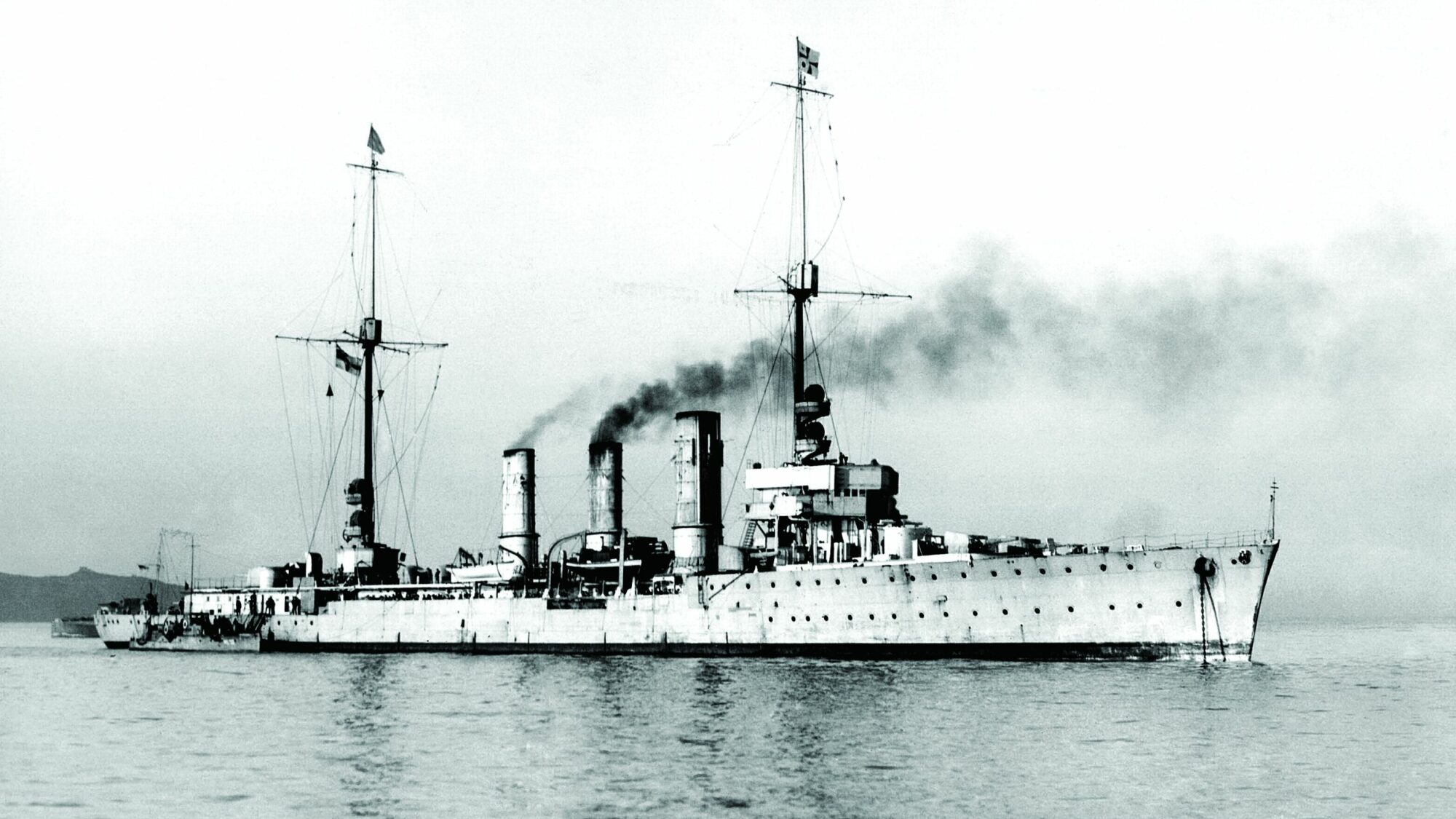
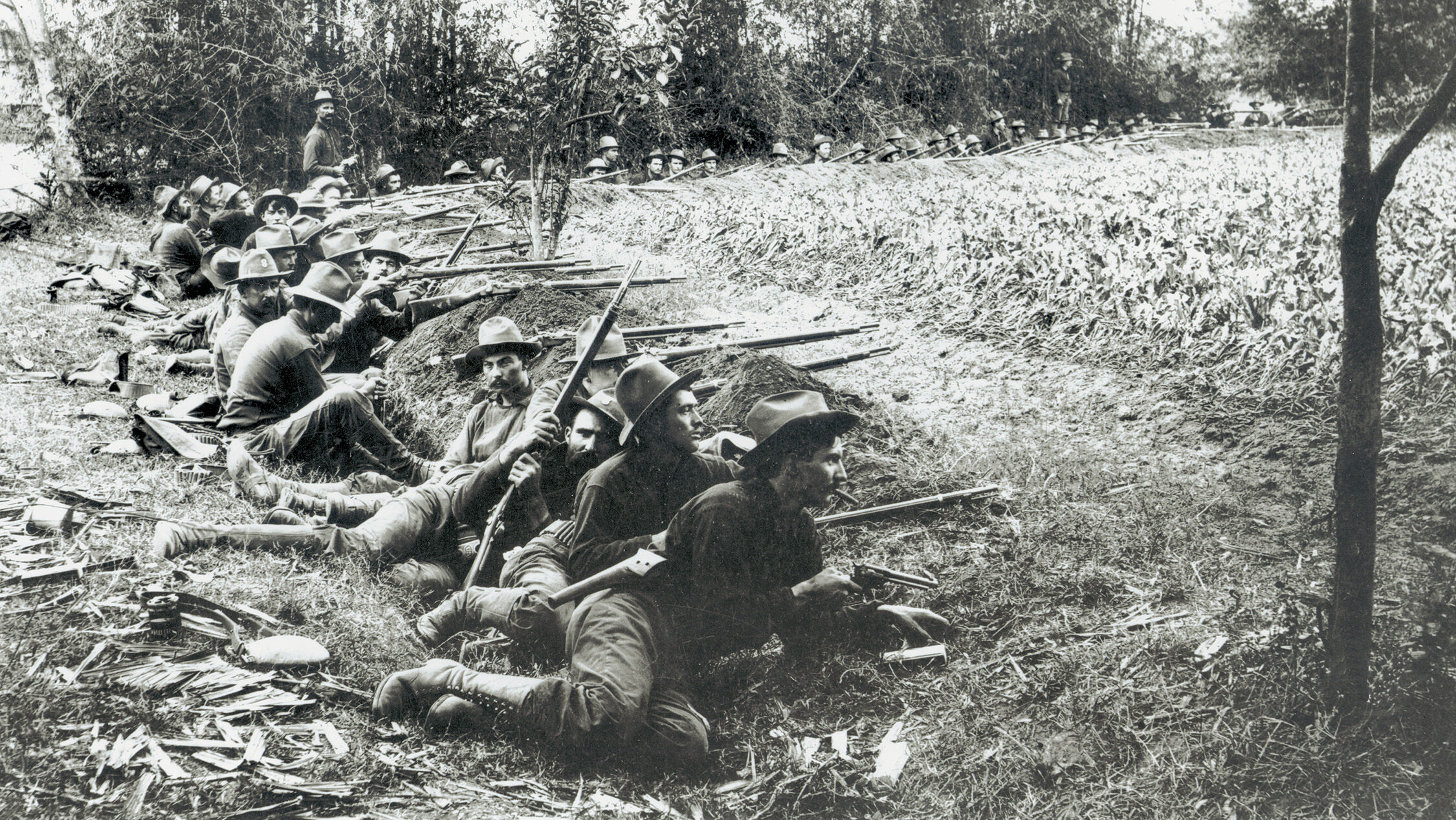
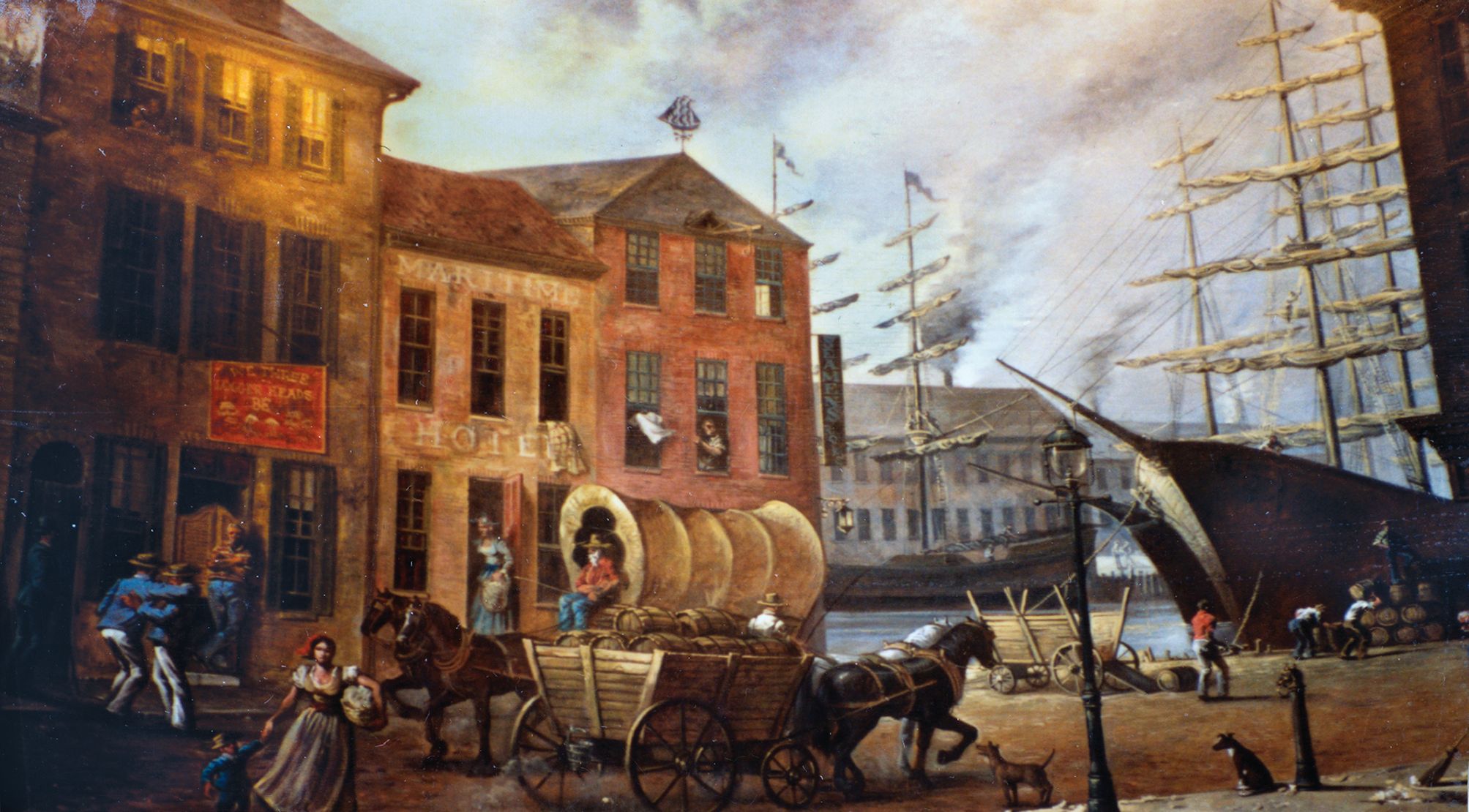
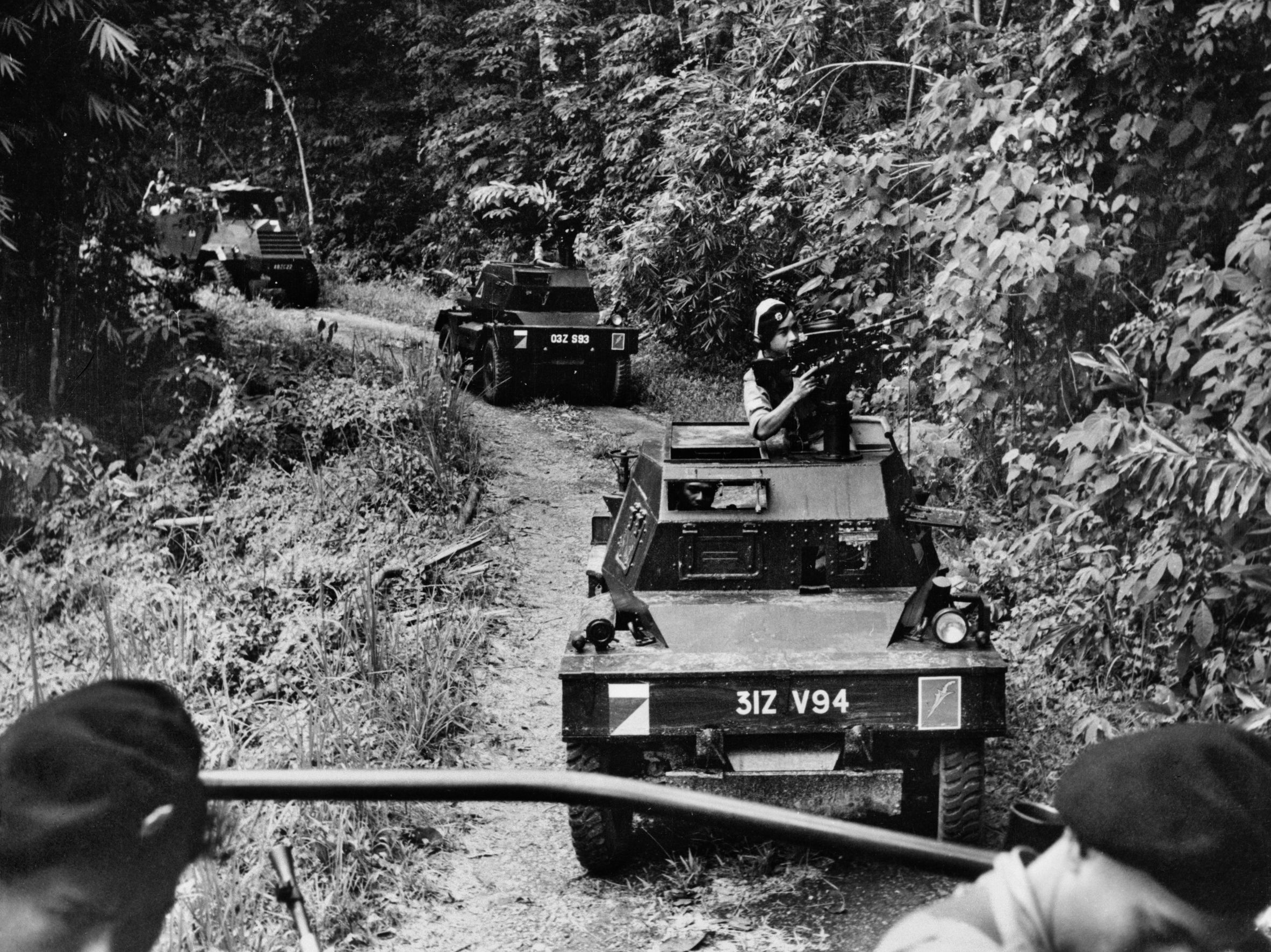
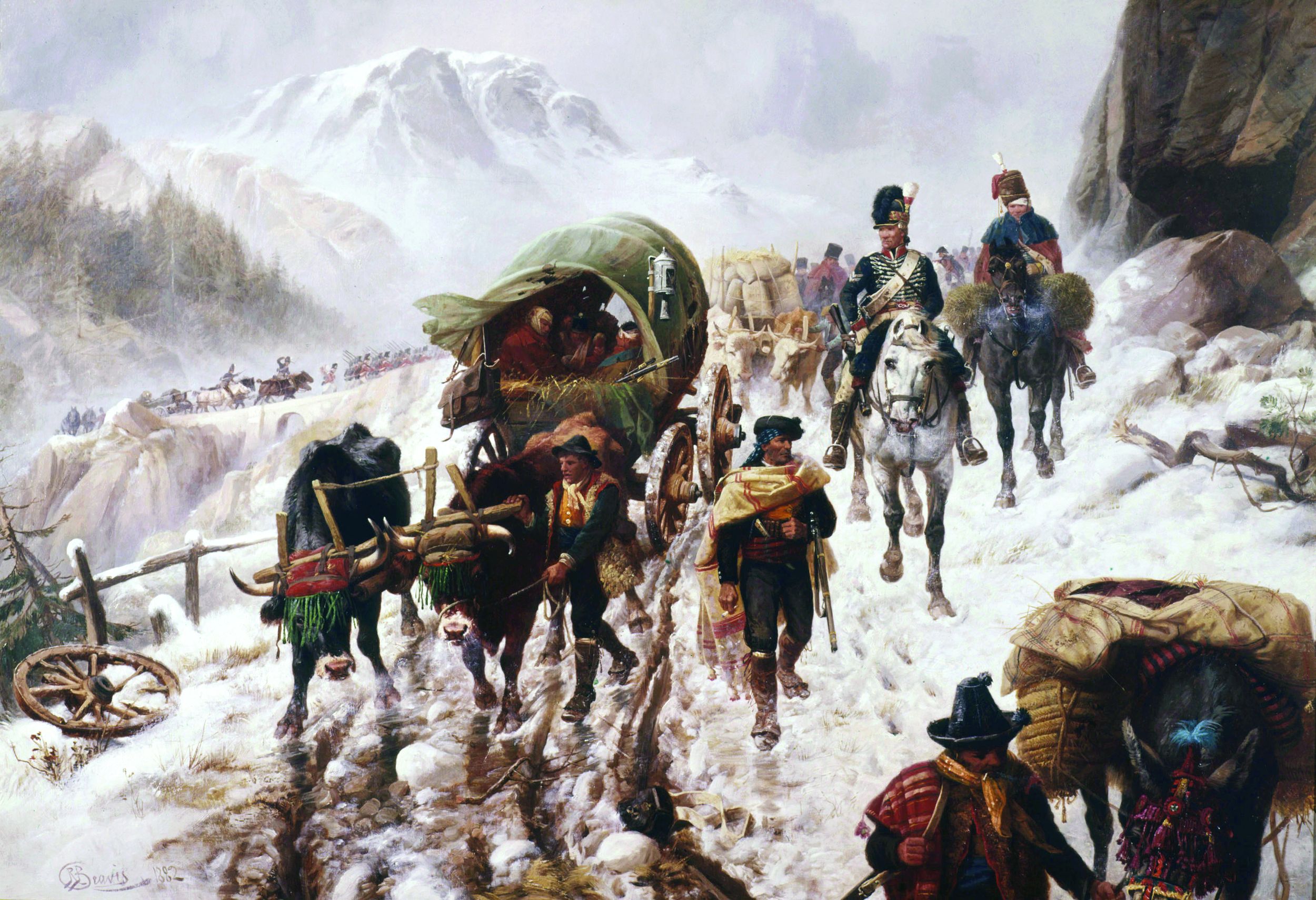
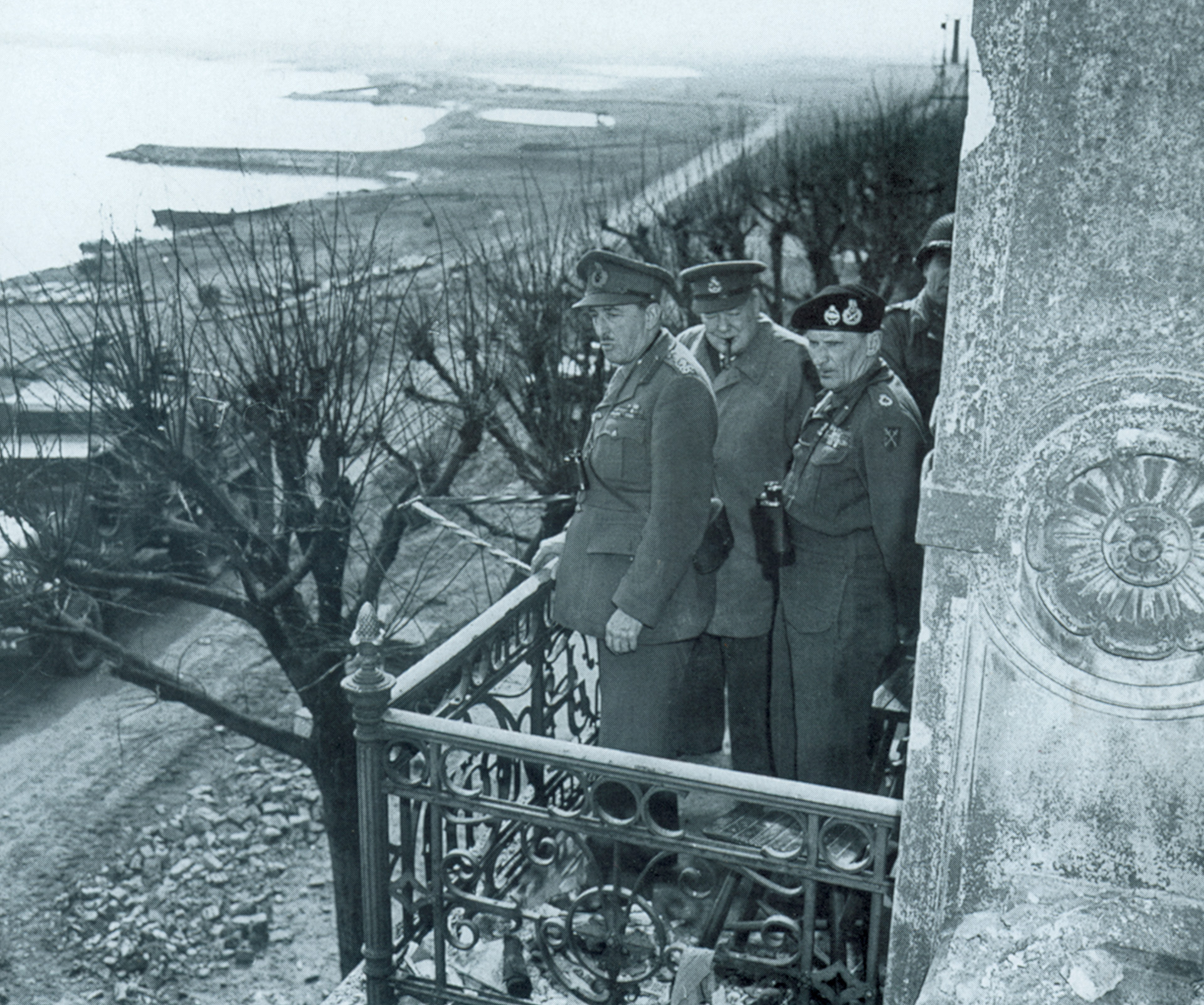
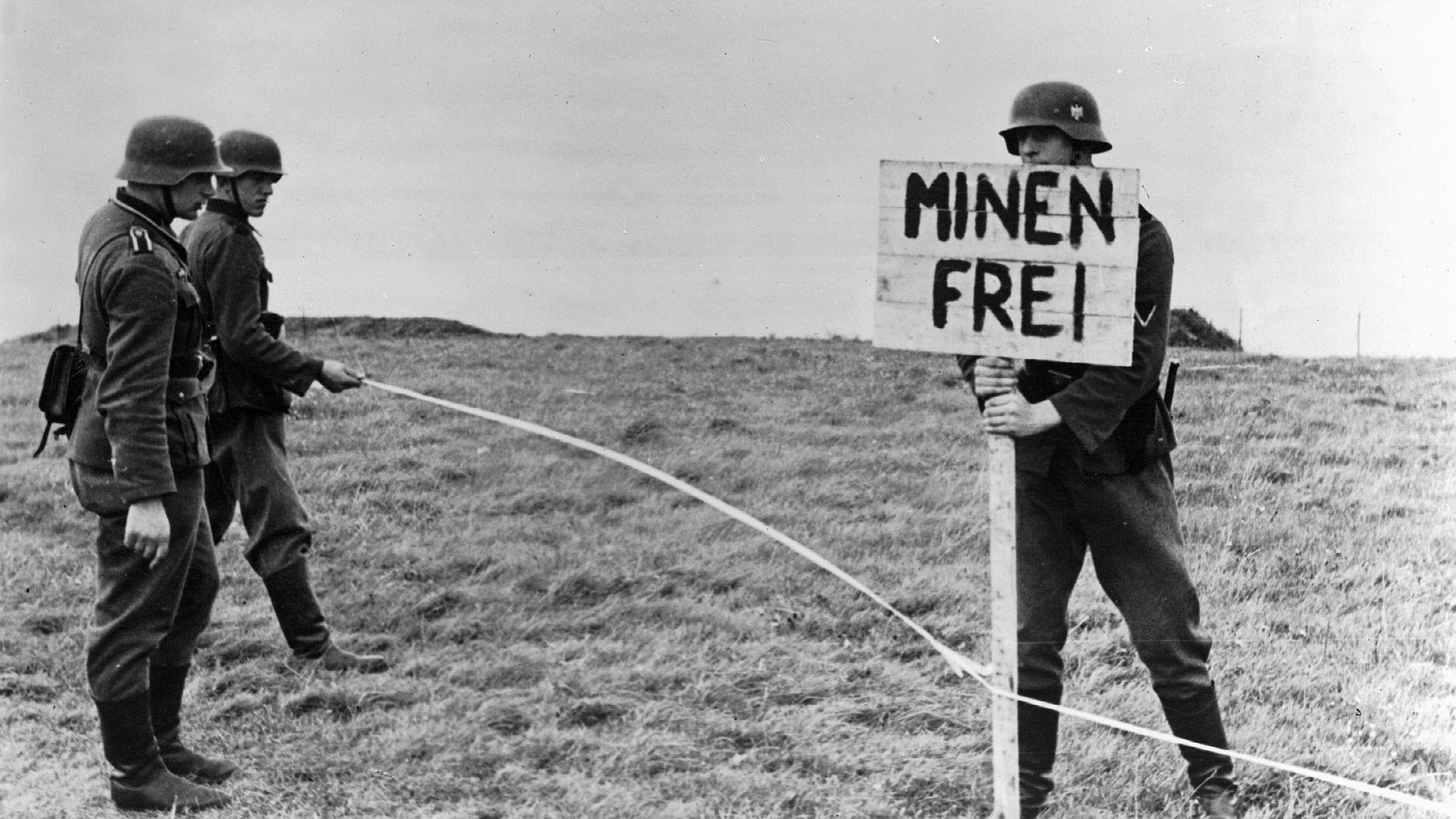
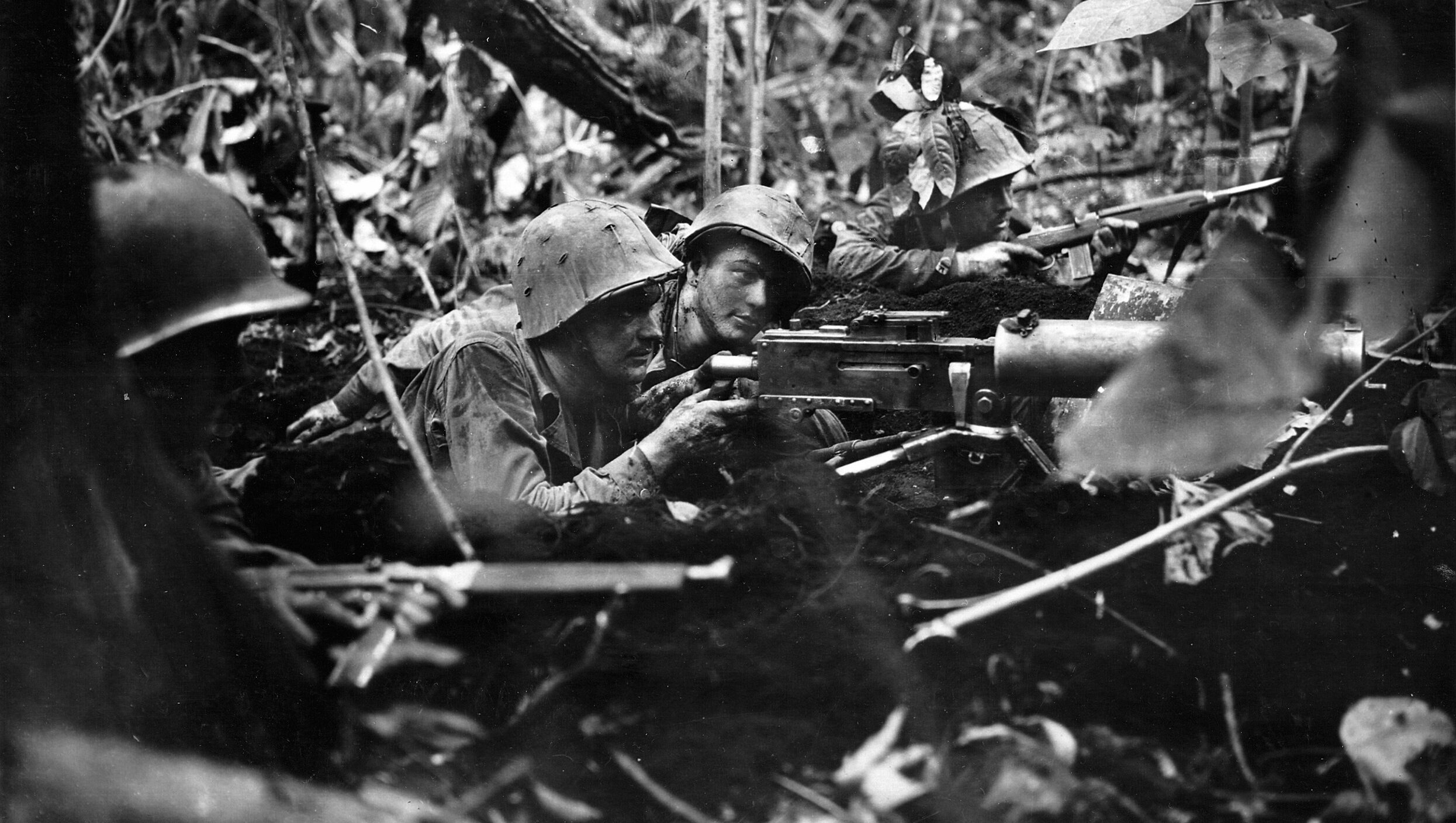
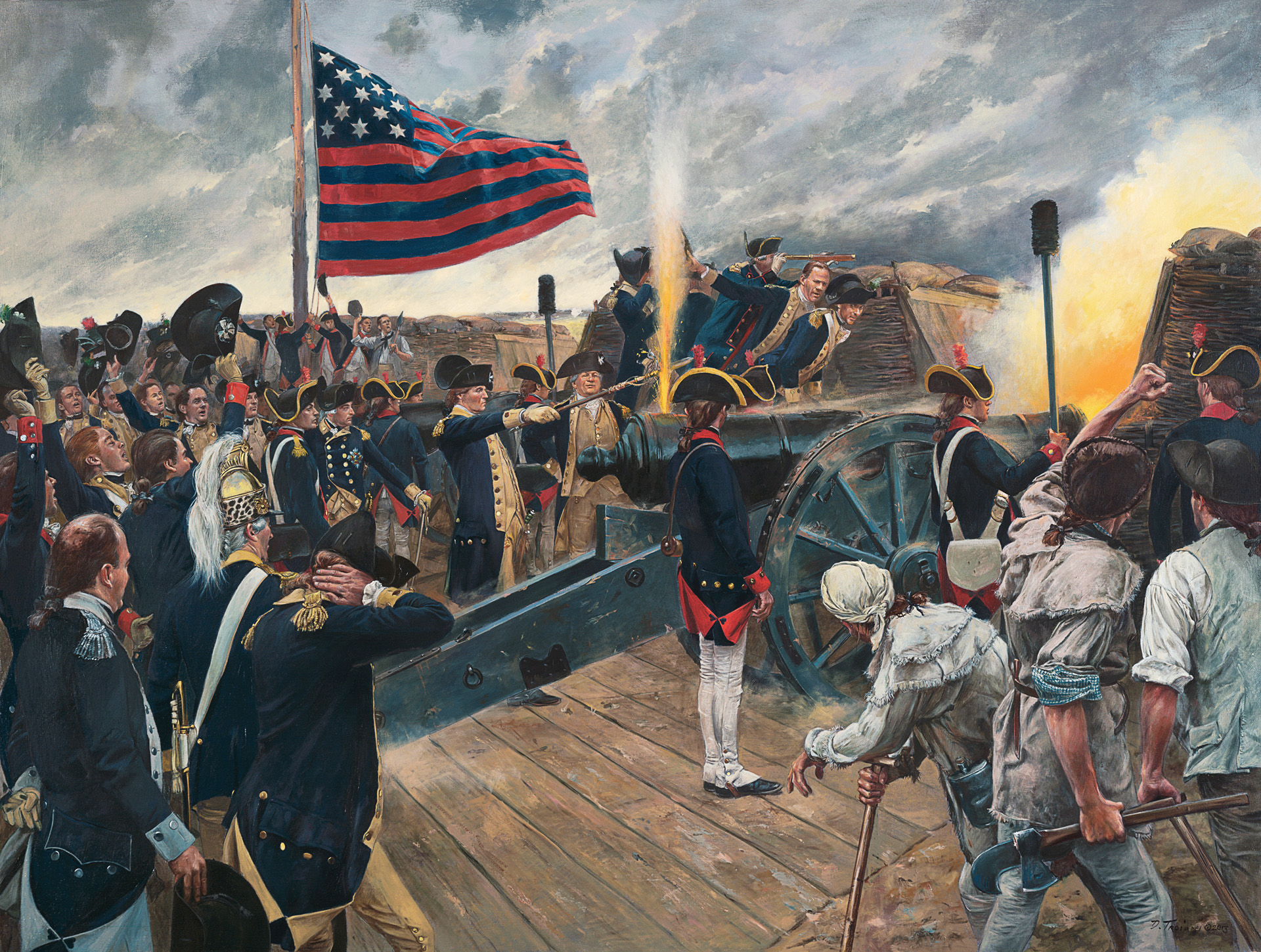
The cruiser was the very loosely based subject of two films, The African Queen with Humphry Bogart and Shout at the Devil with Roger Moore. About the only thing accurate was the East African location and the time period.